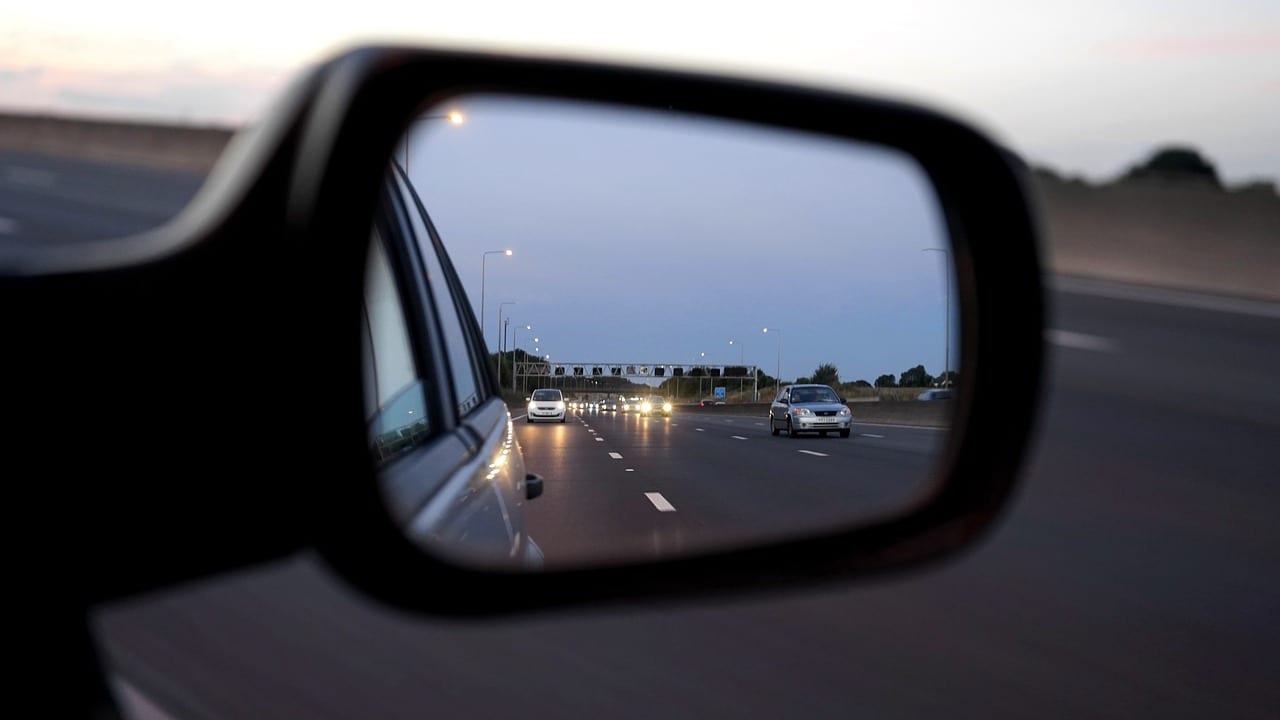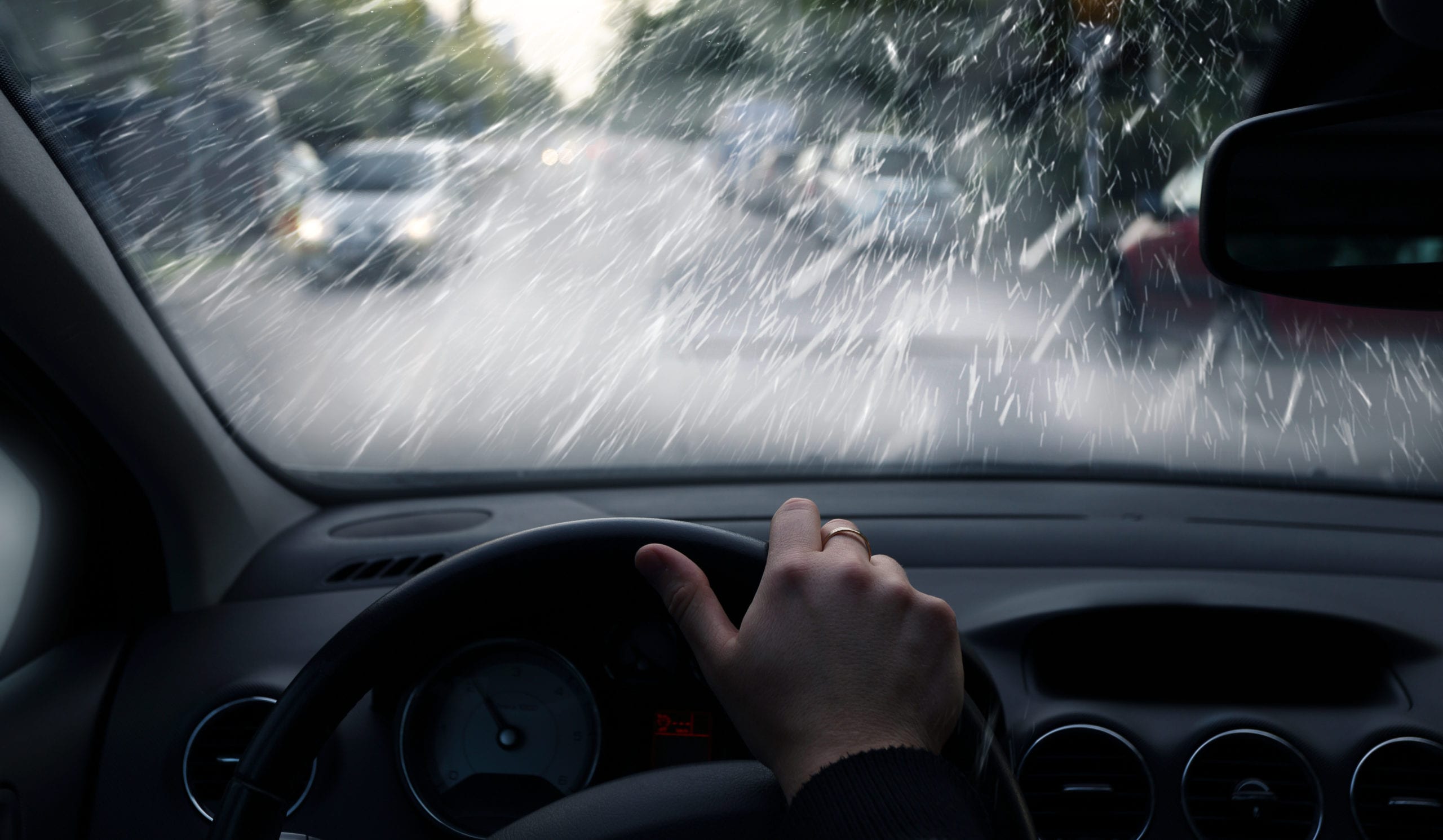Why Defensive Driving is Important

Defensive driving is a way of driving that increases your level of safety while on the road regardless of the road and weather conditions and the actions of other drivers around you. The goal of defensive driving is to predict and avoid dangerous situations.
You can do this by following guidelines, reacting to potential situations in a certain way, and taking specific steps while driving.
In some cases, insurers may lower your premium if you demonstrate knowledge of defensive driving techniques. These discounts may apply regardless of how long you have had a driver’s license. Even experienced drivers may benefit from learning to be a defensive driver.
Defensive Driving Techniques
The goal of defensive driving is to remain in control and predict dangerous situations before they occur. You achieve this by following principles and practices in certain areas of driving such as attentiveness, speed, preparations for bad weather, road conditions, control of your emotions, and adherence to safety principles such as using a safe following distance and looking in all directions while driving.
1. Avoid Distractions
Distractions could take different forms while you are in the car. These days, looking at a phone or device while driving is the most common form of distracted driving. You can avoid this by keeping your phone off while driving or operating it with voice controls.
Distractions can also come from changing the radio station, looking at a GPS device or written directions, or even having a conversation with a passenger. Not only do distractions keep you from paying attention to all the necessary safe driving principles, but they can also cause a serious accident. The number of traffic accidents from cell phone distractions has risen significantly in recent years.
The easiest way to avoid distractions is to avoid checking your device while driving, look at your directions, change the radio station, or check on the people who are riding in the back seat. If there is no stopping point and you need to make an adjustment or check something, then you can pull over before taking your eyes off the road.
2. Control your Speed
You need to control your speed in order to adhere to principles such as maintaining a safe following distance and giving yourself time to react to danger and to the actions of other drivers. In general, you should follow the posted speed limits.
You may need to make adjustments for poor weather conditions, low visibility, or other poor driving conditions. If other cars are on the roadway, you should move with the flow of traffic (as long as traffic is moving at a safe speed).
You may need to lower your speed when you are rounding a curve or crossing an intersection where other drivers could potentially make a mistake by pulling out in front of you or stopping too quickly.
3. Be Alert on the Road
Driving without distractions and controlling your speed will allow you to practice the main driving skills of defensive driving. These skills revolve around being ready and able to react to the actions of other drivers and to poor driving conditions.
What does being alert on the road mean? First of all, it means maintaining a safe following distance behind the vehicle in front of you. The following distance may vary depending on your speed, but you should have enough time to stop gradually even if the driver in front of you slams on their brakes or spins out suddenly.
You can also stay alert by checking your mirrors occasionally so that you know what is happening all around you, not just in front of you. Finally, you will want other drivers to know what you are planning to do. You should always use your turn signals and check your blind spots before turning or changing lanes. You should turn your signal well before making a move.
4. Prepare for Bad Driving Conditions

Bad driving conditions can affect safety, but defensive driving allows you to account for bad weather and low visibility so that you can travel with the same level of safety as you would enjoy in ideal conditions. Poor conditions could include rain, snow, ice, fog, darkness, and excessive wind. Depending on where you live, some bad conditions may be more common than others.
You can react to all poor driving conditions in a similar way. You should slow down (to below the speed limit if necessary), and you should increase the distance between yourself and other cars so that you can react in time even if the road is slippery.
You should approach turns and curves slower than usual, and you should be aware that certain areas, such as painted road stripes, bridge decks, and exit ramps, may be more slippery than usual. Finally, if you feel that conditions are too bad, simply pull over when it is safe to do so.
5. Control your Emotions
You always want to react to a situation on the road using defensive driving principles. However, it can be easy to become frustrated or upset, especially when you encounter bad driving. So-called “road rage” can lead to unsafe driving and potential confrontations with other drivers.
If a driver cuts you off or performs a dangerous maneuver, the best policy is to simply give them space and let them continue on their way. If you are unable to keep from getting upset, pull over when it is safe to do so and wait until you can get a grip on your emotions.
What if you get in an accident despite your defensive driving skills? If you have been charged, you may want to hire a criminal lawyer to make sure that you avoid a driving record and limit fines, demerit points, and driving restrictions.
 Jason Baxter
Jason Baxter